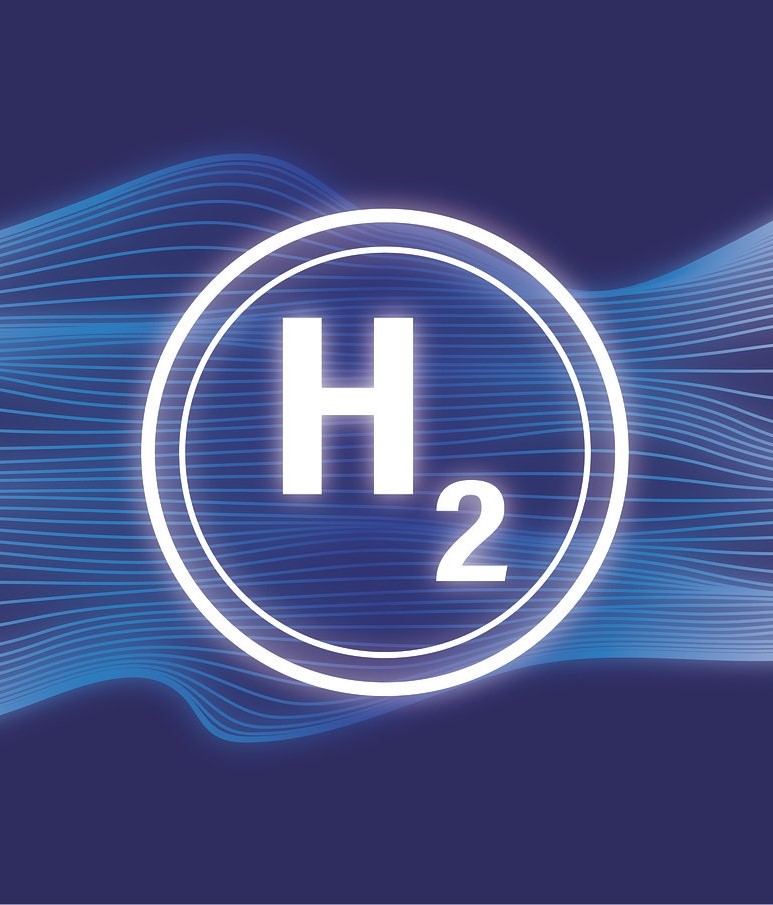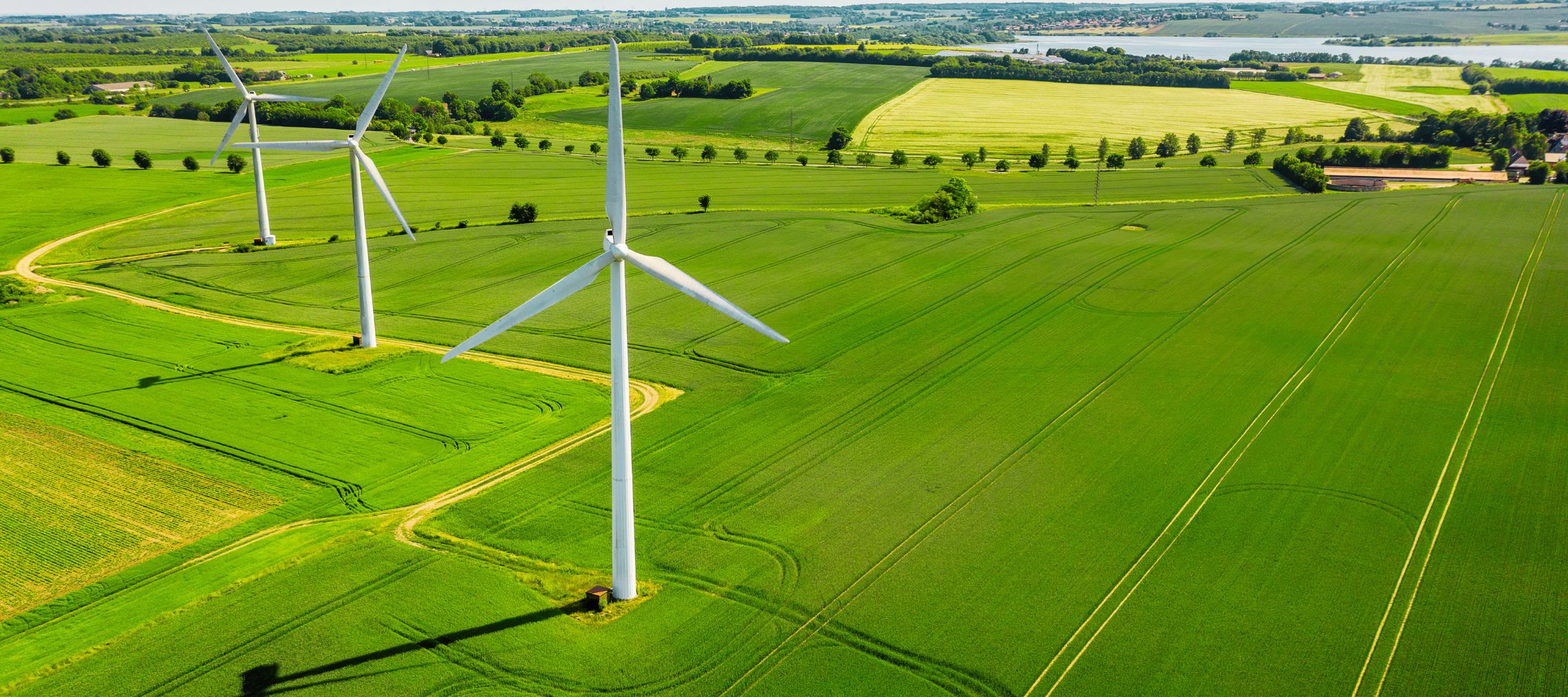In 2021, Hanson — a subsidiary of Heidelberg Cement in the United Kingdom — substituted 100% of thermal energy with energy from alternative fuels in one of its cement kilns by using a mixture of hydrogen (39%), glycerine (49%), and meat and bone meal (MBM; 12%) instead of coal. This is the world’s first usage of 100% climate-neutral fuel and one of the first demonstrations of hydrogen-based technology in the cement kiln. Such adaptations, comprising a climate-neutral fuel blend, in the Indian cement industry remain elusive, even in 5% of the plants. This is because of the large size of the Indian cement industry, which is the second-largest producer of cement in the world. According to the Cement Manufacturers Association, India produces over 360.2 million tonnes of cement every year and has a production capacity of 541 million tonnes per annum (MTPA). Moreover, the Indian cement industry — one of the most energy-and emission-intensive industries in the country — uses over 50 million tonnes of coal every year for thermal energy requirements, contributing to about 8% of the national emissions. Although not enough hydrogen, MBM, and glycerine are produced in India, hydrogen adoption in the cement industry needs to be carefully examined, especially in the context of the increasing need for decarbonisation and coal shortage.

